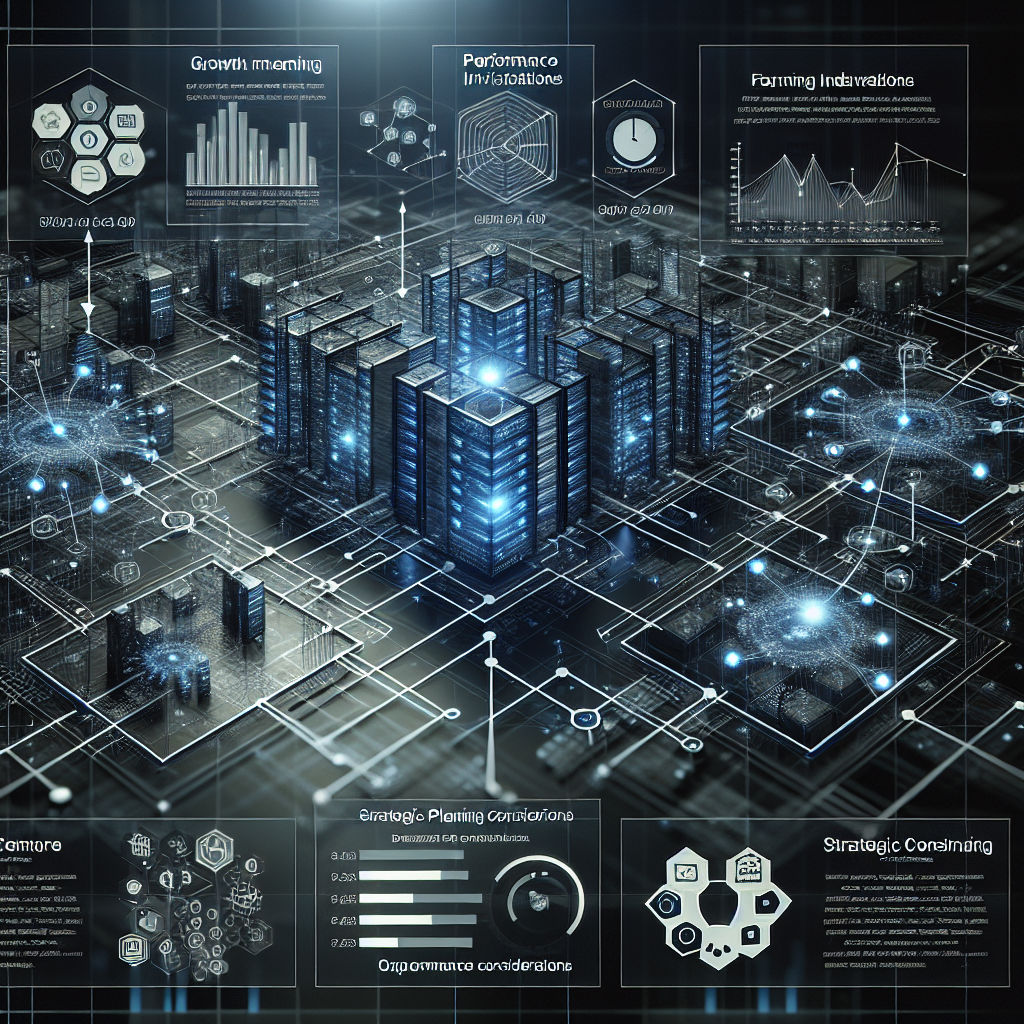Your cart is currently empty!
Key Considerations for Data Center Capacity Planning: Managing Growth and Performance

In today’s digital age, data centers play a crucial role in storing and processing vast amounts of data for businesses of all sizes. As data continues to grow exponentially, it becomes increasingly important for organizations to plan and manage their data center capacity effectively. This is where data center capacity planning comes into play.
Data center capacity planning is the process of determining the resources and infrastructure needed to support the current and future demands of an organization’s IT infrastructure. It involves analyzing data center performance, assessing growth projections, and making informed decisions about hardware, software, and other resources to ensure optimal performance and scalability.
When it comes to data center capacity planning, there are several key considerations that organizations need to keep in mind:
1. Performance requirements: Before planning for capacity, organizations need to understand their performance requirements. This includes factors such as processing speed, storage capacity, network bandwidth, and latency. By identifying these requirements, organizations can ensure that their data center can meet the performance needs of their applications and workloads.
2. Growth projections: One of the most important considerations in data center capacity planning is predicting future growth. Organizations need to analyze historical data, market trends, and business projections to estimate how much data storage and processing capacity they will need in the future. By accurately forecasting growth, organizations can avoid over-provisioning or under-provisioning their data center resources.
3. Scalability: Scalability is a critical factor in data center capacity planning. Organizations need to ensure that their data center infrastructure can easily scale up or down to accommodate changing demands. This includes the ability to add more servers, storage units, and networking equipment as needed without disrupting operations.
4. Energy efficiency: Data centers consume a significant amount of energy, so it’s important for organizations to consider energy efficiency in their capacity planning. This includes using energy-efficient hardware, optimizing cooling systems, and implementing power management strategies to reduce energy consumption and lower operating costs.
5. Redundancy and resilience: Data center capacity planning should also take into account redundancy and resilience measures to ensure high availability and data protection. This includes implementing backup and disaster recovery solutions, redundant power supplies, and failover mechanisms to minimize downtime and data loss in case of hardware failures or natural disasters.
6. Compliance and security: Organizations need to consider compliance requirements and data security considerations in their capacity planning. This includes ensuring that data center resources meet regulatory standards, implementing security measures such as encryption and access controls, and regularly auditing and monitoring the data center environment for potential vulnerabilities.
In conclusion, data center capacity planning is a critical process for organizations looking to manage growth and performance effectively. By considering factors such as performance requirements, growth projections, scalability, energy efficiency, redundancy, compliance, and security, organizations can ensure that their data center infrastructure can support their current and future IT needs. By taking a proactive approach to capacity planning, organizations can optimize their data center resources, reduce costs, and improve overall operational efficiency.

Leave a Reply